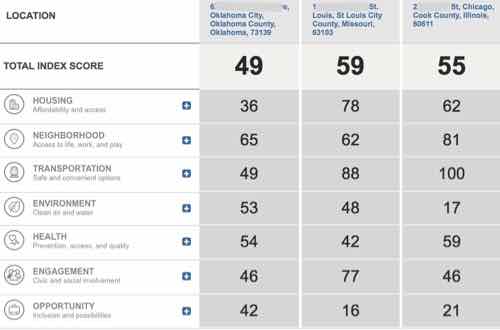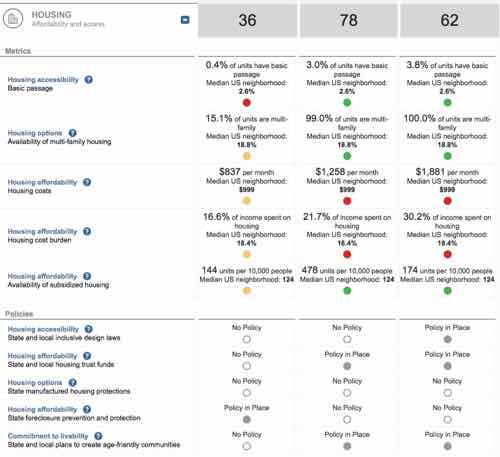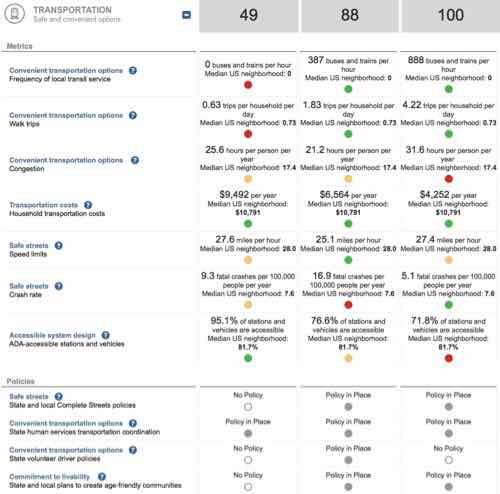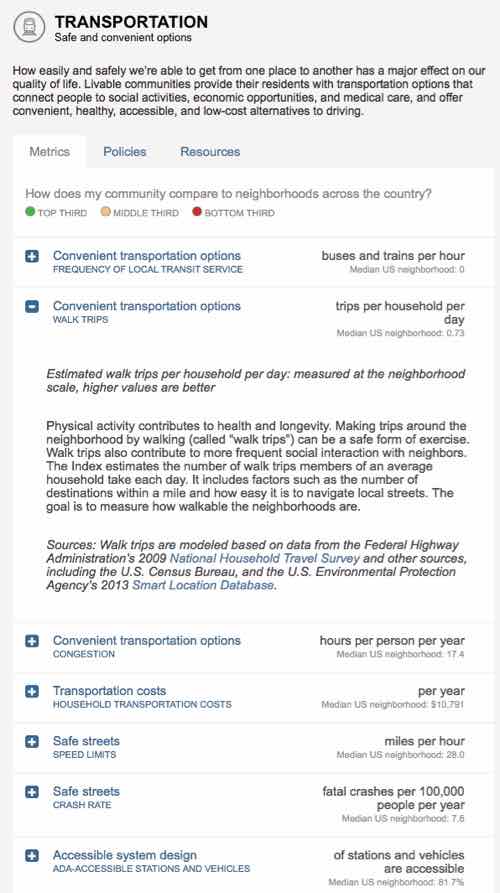Kiener Parking Garages Need A Major Facelift
Work has started on the “$19 million revamp of Kiener Plaza”, which will help guide visitors to the upcoming city-facing entrance to the museum under the Arch. With the 1980s Arch parking garage razed visitors will be directed to existing parking garages in the central business district (CBD) — largely the two Kiener garages — across Chestnut Street from Kiener Plaza.
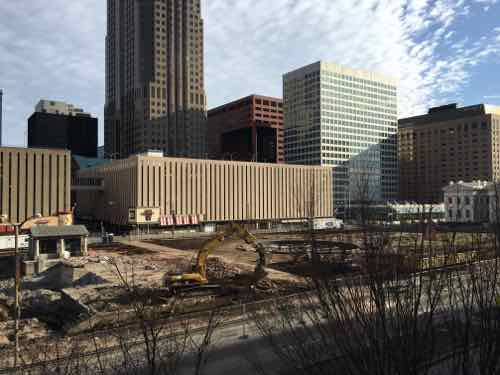

After investing a billion in changes to improve the Arch experience and connectivity to downtown, the first & last thing many will see are the Kiener garages. Today I want to discuss the problems and how we might solve them.
The Problems
- They’re privately owned
- Owner has little financial incentive to make them more attractive
- They’re in too good of condition to buy & replace


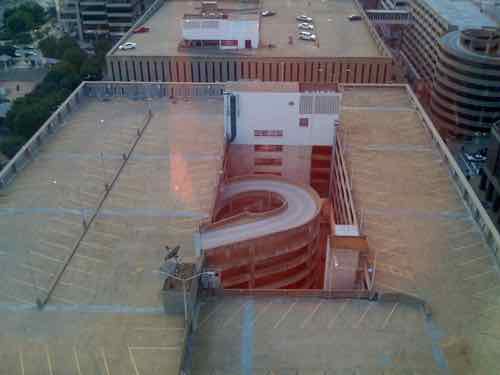

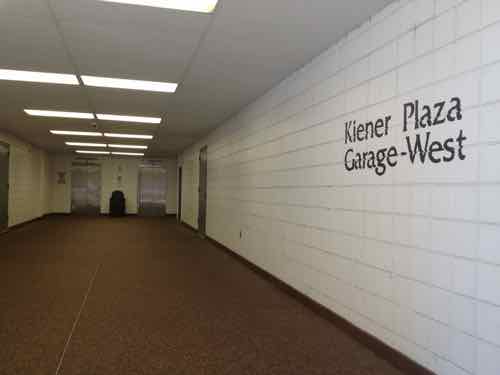
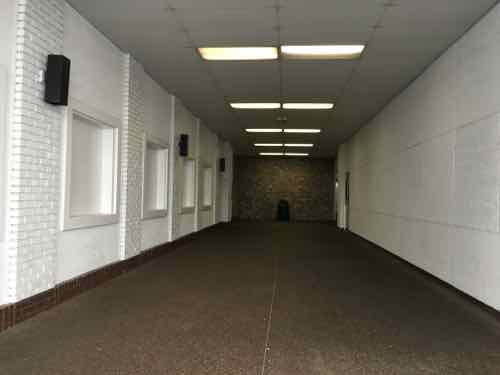
There is some good news…

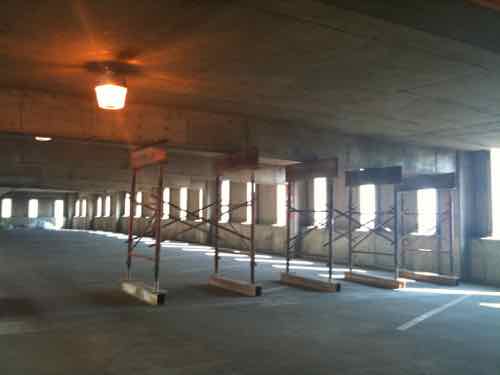

The Solutions
With the ugly concrete panels being attacked to the structure one solution is to remove them and reskin it. Easier said than done, but worthy of discussion. Before I go any further let me say I don’t know how this would be paid for. The city has offered facade grants to building owners before, but otherwise using public money on a private building has issues. Perhaps tax abatement if the owner does it? I think this can be figured out — let’s discuss the design.
The old anchors into the structure might not support a new skin after the concrete skin is cut off. Despite being open in the center the exterior walls should continue to allow for airflow — natural ventilation eliminates the need for costly mechanical systems.
I think creative types could come up with some interesting ideas on how to reskin these. I want to share one such parking garage I saw in Cincinnati in November.



This screen on an old garage was the work of artist Julian Stanczak, it is titled “Additional”. I like that the Cincinnati garage only had this colorful side facing 6th St.
In St. Louis each of the two Kiener garages could have something unique for each, for each side, or both. I think everyone would agree the South facades facing Kiener Plaza are the most visually important. All facades should look good day & night — same for the pedestrian entrances for each.
In the past people have mentioned giant video screens but those are costly, cut off airflow, and contribute to light pollution. Steel mesh, colored aluminum, LED lights, etc. are just some of the materials that come to mind. I’d like to see solar panels on the South facade and a new roof canopy to generate power for new LED lighting.
Thanks to reader “Mark-AL” for technical advice.
— Steve Patterson

